
58095591.jpg from: https://observation.org/photos/58095591/
Introduction
In the vast and captivating world of bryophytes, one particular moss species stands out for its unique beauty and ecological significance: Thuidium tamariscinum (Hedw.) Schimp., commonly known as Thuidium moss. This enchanting member of the Thuidiaceae family has captured the hearts of moss enthusiasts and naturalists alike, offering a fascinating glimpse into the intricate tapestry of life that thrives beneath our feet.

thuidium-tamariscinum-t00376-177.jpg from: http://azoresbioportal.uac.pt/pt/especies-dos-acores/thuidium-tamariscinum-12051/
Background
Before delving into the intricacies of Thuidium tamariscinum, it’s essential to understand the broader context of bryophytes. These remarkable plants, which include mosses, liverworts, and hornworts, are among the oldest and most resilient life forms on our planet. They played a crucial role in the transition of plant life from aquatic to terrestrial environments, paving the way for the evolution of more complex plant species.
Main Content
Morphology and Identification
Thuidium tamariscinum is a striking moss species that forms dense, woven mats or cushions on the forest floor. Its delicate, feathery fronds are a vibrant green hue, often tinged with golden or reddish-brown tones. The leaves are small, overlapping, and arranged in a spiral pattern along the stem, giving the plant a distinctively lush and velvety appearance.
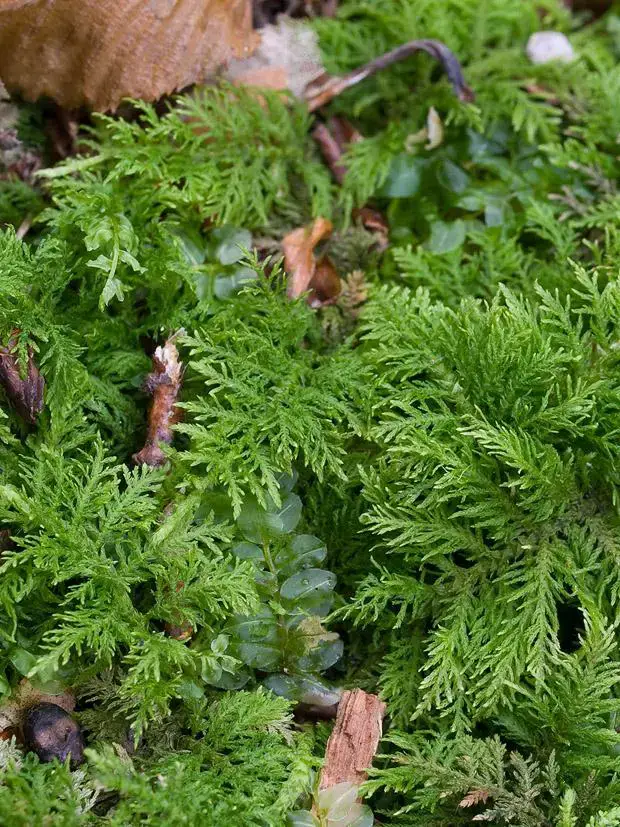
jaroslav_kuriplach_213857.jpg from: https://www.nahuby.sk/obrazok_detail.php?obrazok_id=213857
One of the most remarkable features of Thuidium tamariscinum
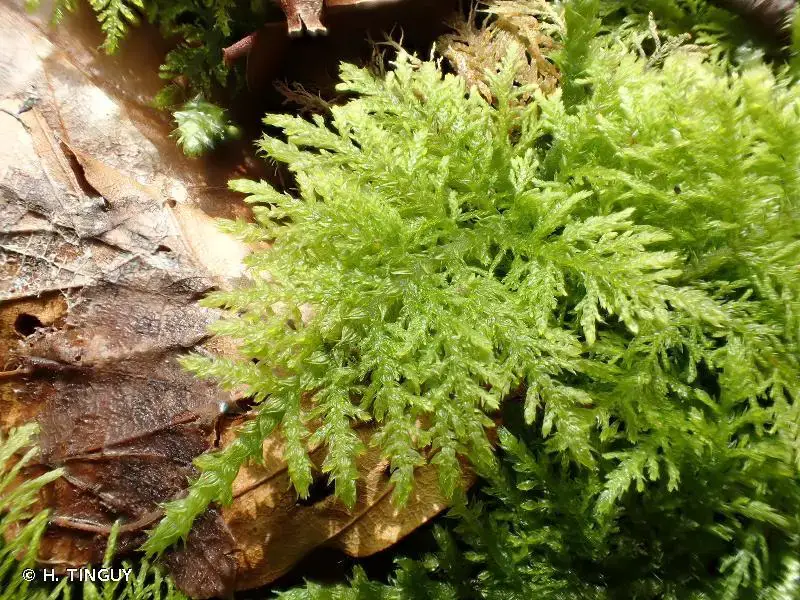
226003.jpg from: https://inpn.mnhn.fr/espece/cd_nom/5426
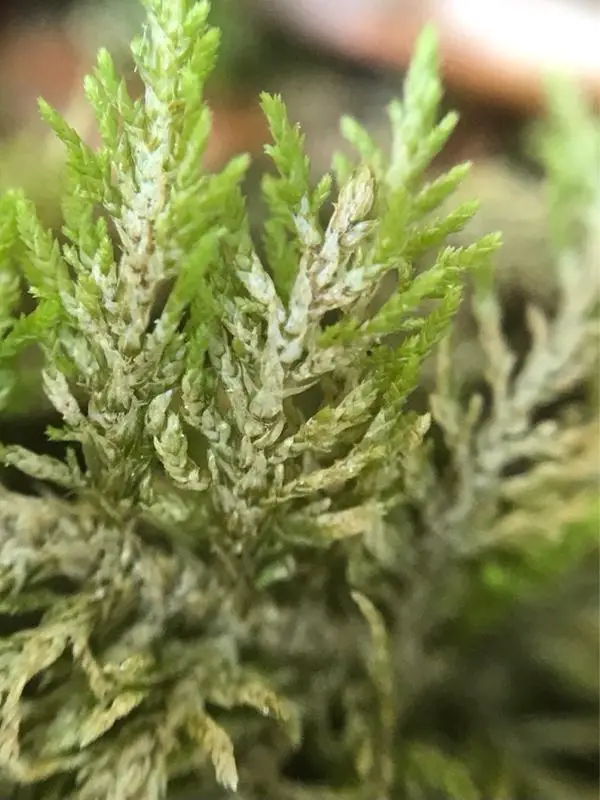
57483317.jpg from: https://observation.org/photos/57483317/
is its ability to produce specialized branches called paraphyllia. These tiny, hair-like structures are believed to play a role in water absorption and retention, helping the moss to thrive in drier environments.
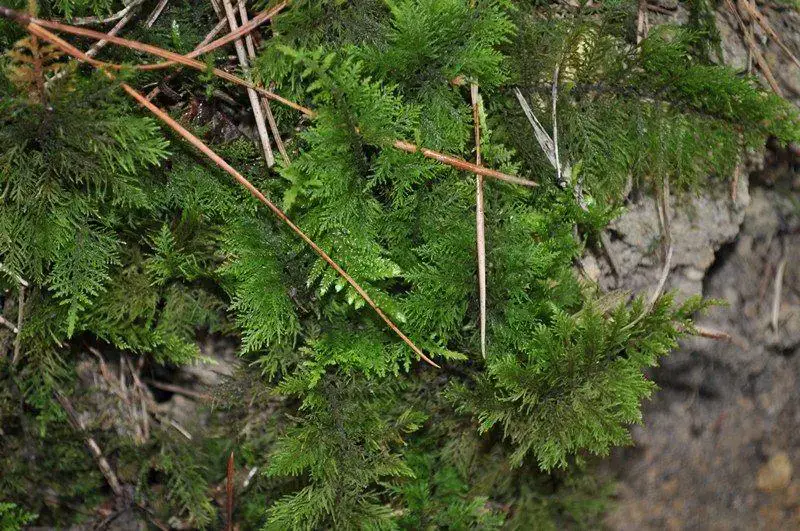
Thuidium-tamariscinum-(Hedw.)-Schimp.-191752.sm.jpg from: https://www.biodiversidadvirtual.org/herbarium/BFI-Thuidium-tamariscinum-(Hedw.)-Schimp.-cat13091.html
Global Distribution and Habitat
Thuidium tamariscinum is widely distributed across the Northern Hemisphere, thriving in temperate and boreal forests. It can be found in various habitats, including deciduous and coniferous woodlands, shaded ravines, and even urban parks and gardens. This moss species is particularly abundant in areas with moist, well-drained soils and moderate to high humidity levels.
Ecological Roles and Adaptations
Despite its delicate appearance, Thuidium tamariscinum plays a vital role in forest ecosystems. Its dense mats help to retain moisture, prevent soil erosion, and provide a nurturing environment for other plant and animal species. Many invertebrates, such as insects and arthropods, rely on the moss for shelter, food, and breeding grounds.
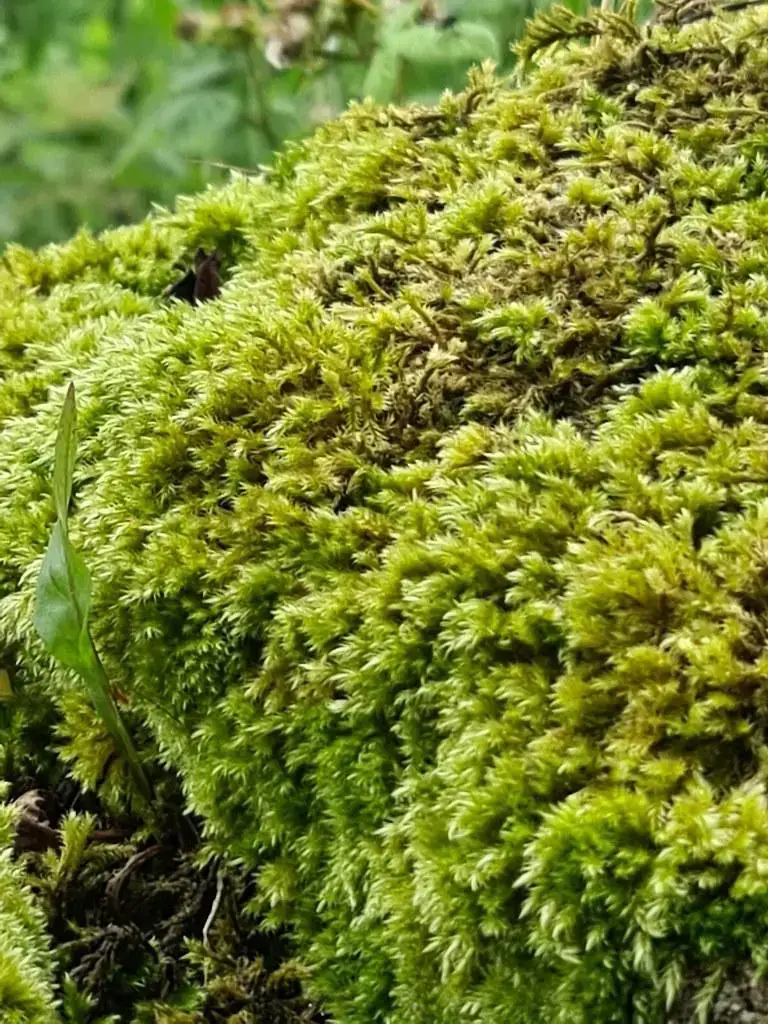
51296006196_eac1dafe0a_b.jpg from: https://www.flickr.com/photos/192236958@N05/51296006196/
Moreover, Thuidium tamariscinum is remarkably resilient and well-adapted to its environment. Its ability to reproduce both sexually and asexually through spores and fragmentation allows it to colonize new areas and recover from disturbances. Additionally, its unique morphology and water-retention capabilities enable it to withstand periods of drought and fluctuating environmental conditions.

thuidium-tamariscinum-common-tamarisk-moss-J68H3W.jpg from: https://www.alamy.com/stock-photo-thuidium-tamariscinum-common-tamarisk-moss-141559933.html
Case Study: Moss Gardens
In recent years, the appreciation for Thuidium tamariscinum has extended beyond the realm of scientific study and into the world of horticulture. Moss gardens, or “kokedama,” have become increasingly popular, particularly in Japan and other parts of Asia. These living works of art showcase the beauty and versatility of mosses, including Thuidium tamariscinum, by arranging them in intricate designs and sculptures.
Technical Table
| Characteristic | Description |
|---|---|
| Scientific Name | Thuidium tamariscinum (Hedw.) Schimp. |
| Family | Thuidiaceae |
| Common Name | Thuidium moss |
| Growth Form | Dense, woven mats or cushions |
| Leaf Arrangement | Spiral, overlapping |
| Specialized Structures | Paraphyllia (hair-like structures) |
| Reproduction | Sexual (spores) and asexual (fragmentation) |
| Habitat | Temperate and boreal forests, moist and well-drained soils |
| Distribution | Northern Hemisphere |
Conclusion
Thuidium tamariscinum, the enchanting Thuidium moss, is a true marvel of nature. Its delicate beauty, ecological significance, and remarkable adaptations have captivated moss enthusiasts and naturalists worldwide. As we continue to explore and appreciate the intricate world of bryophytes, this remarkable species serves as a reminder of the incredible diversity and resilience of life on our planet.
In the words of the renowned bryologist Robin Wall Kimmerer, “Mosses are the forests’ emerald fur, the stream’s delicate draping, the soil’s maintaining net.” Let us embrace the wisdom of these ancient plants and strive to protect and preserve the habitats that nurture their existence.
Ponder this: In a world where we often overlook the smallest wonders, how can we cultivate a deeper appreciation for the intricate beauty and ecological significance of mosses like Thuidium tamariscinum?